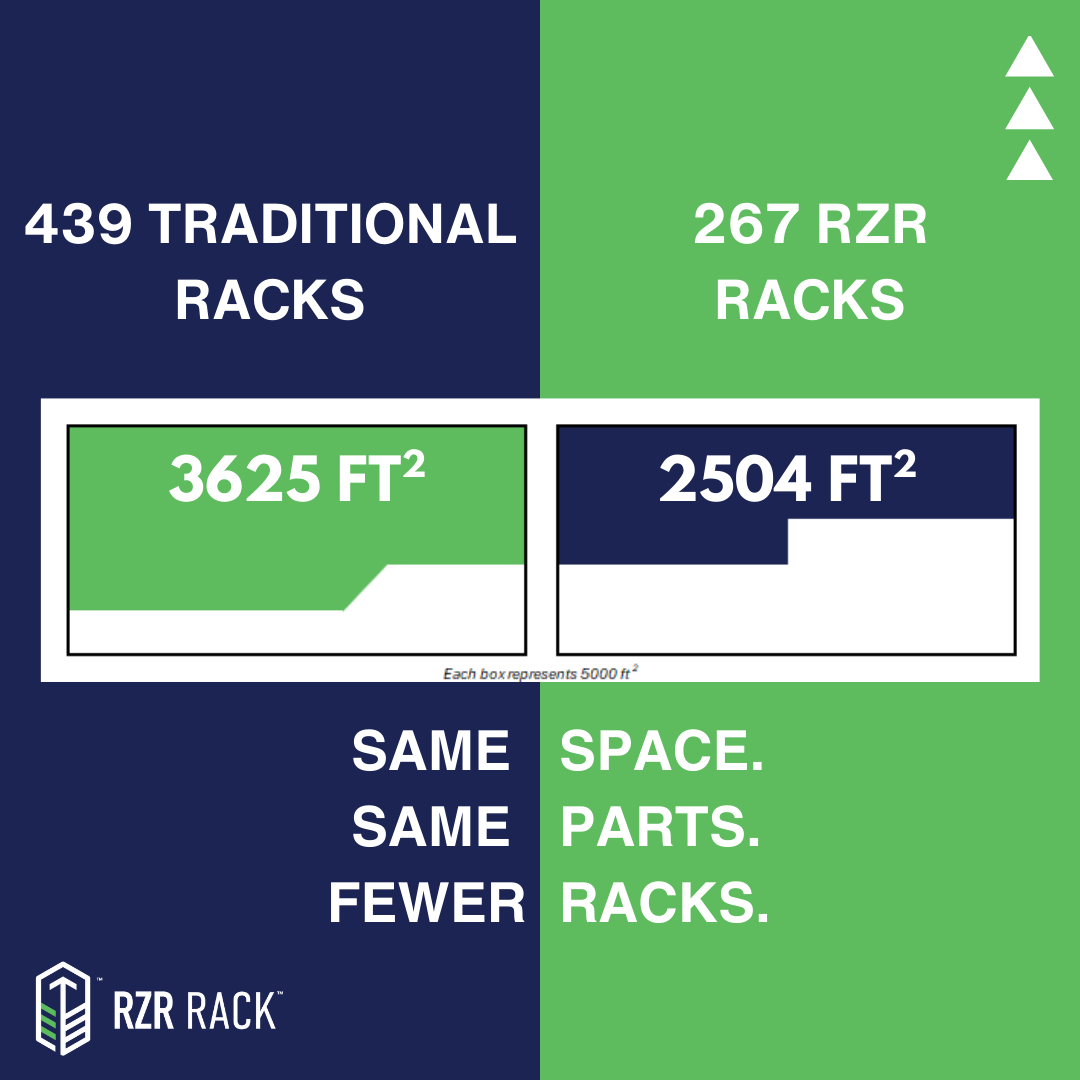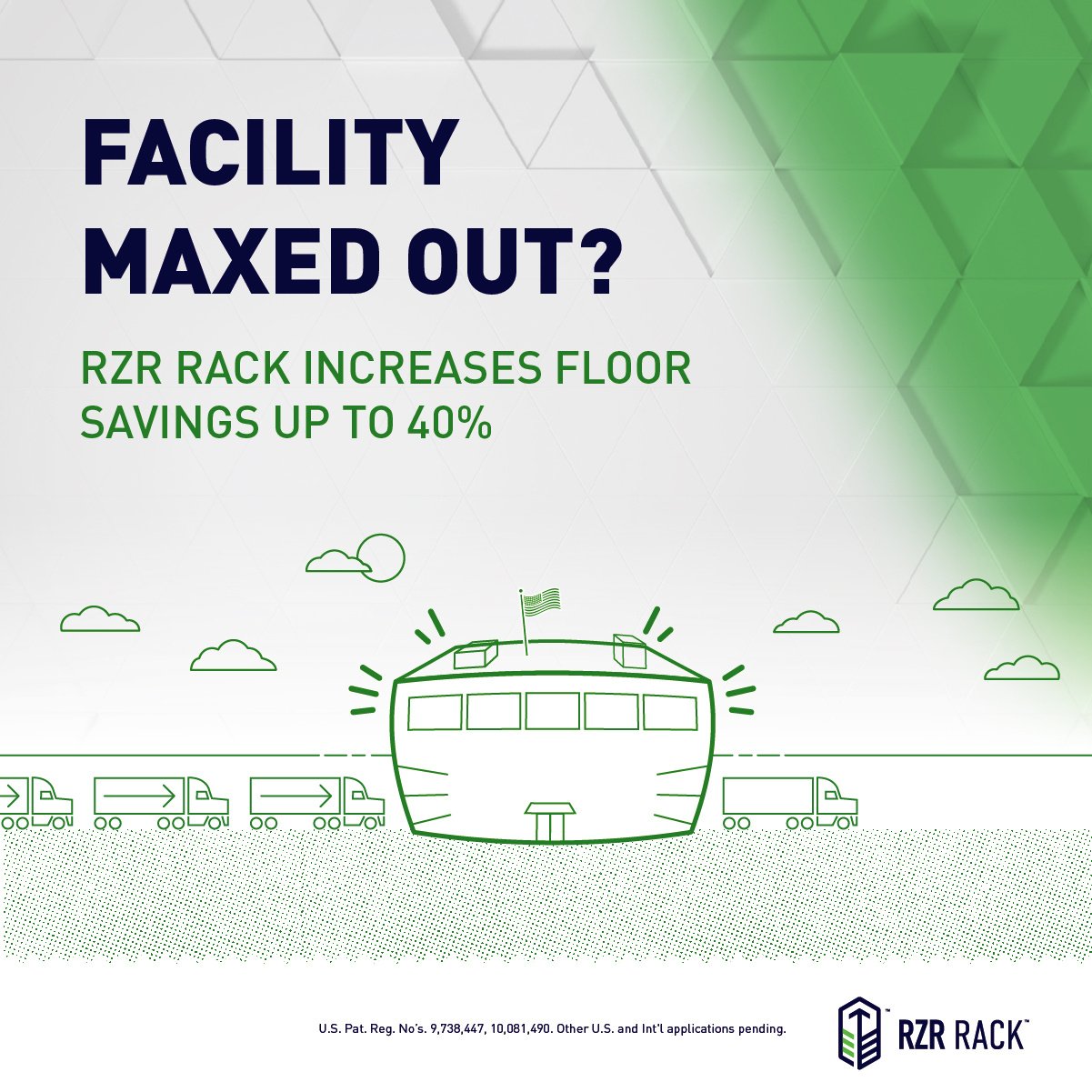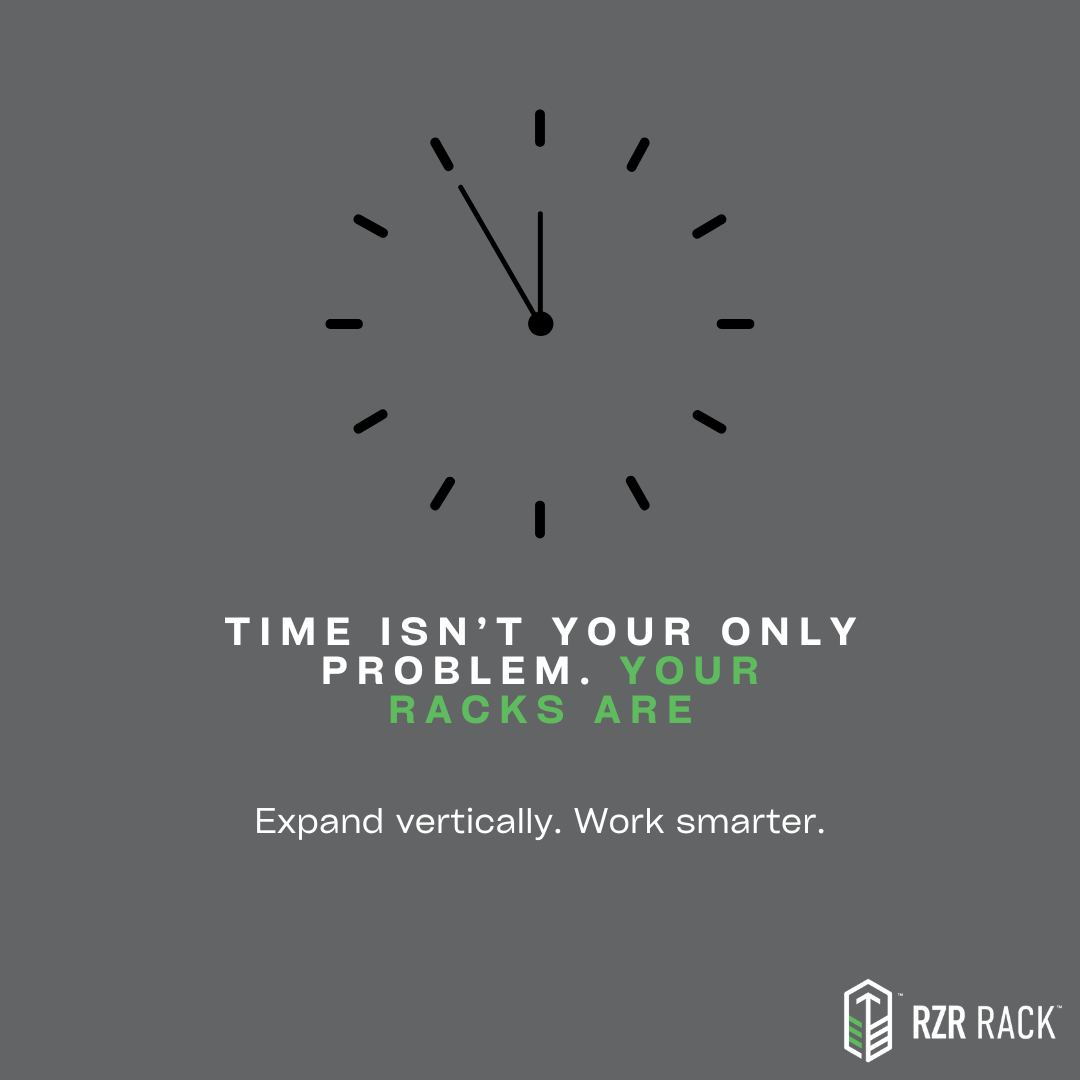As businesses and consumers increasingly recognize the need for sustainable practices, the concept of a circular economy has gained significant traction. Unlike the traditional linear economy, which follows a "take-make-dispose" model, the circular economy is designed to keep resources in use for as long as possible, extract the maximum value from them, and recover and regenerate products and materials at the end of their service life. Returnable packaging plays a crucial role in this sustainable framework.
What is the Circular Economy?
A circular economy aims to minimize waste and make the most of resources. It involves designing products for longevity, reusability, and recyclability, thereby reducing the environmental impact and preserving natural resources. This approach not only benefits the environment but also provides economic advantages by creating new business opportunities and reducing costs associated with waste disposal and raw material procurement.
The Role of Returnable Packaging in a Circular Economy
Returnable packaging is a prime example of how businesses can integrate circular economy principles into their operations. Here’s how returnable packaging contributes to a sustainable and efficient circular economy:
-
Resource Efficiency: Returnable packaging solutions are designed to be reused multiple times, significantly reducing the need for single-use materials. This reduces the demand for raw materials and lowers the energy consumption associated with producing new packaging.
-
Waste Reduction: By reusing packaging, businesses can dramatically decrease the amount of waste generated. This not only helps in reducing landfill usage but also minimizes the environmental footprint of packaging waste.
-
Cost Savings: Although the initial investment in returnable packaging may be higher, the long-term savings are substantial. Businesses save on the costs of continually purchasing single-use packaging and disposing of waste, leading to improved profitability and sustainability.
-
Enhanced Logistics: Returnable packaging solutions are often designed for efficiency, with features like stackability and collapsibility that optimize storage and transportation. This leads to fewer trips, lower fuel consumption, and reduced transportation costs.
-
Product Protection: Returnable packaging provides robust protection for goods during transit, reducing damage and loss. This ensures that products reach their destination in perfect condition, enhancing customer satisfaction and reducing the costs associated with damaged goods.
Real-World Applications
Many industries are already reaping the benefits of returnable packaging within a circular economy. For example, the automotive industry uses durable, reusable containers to transport parts between suppliers and assembly plants. These containers are designed to withstand harsh conditions and multiple handling cycles, ensuring that parts arrive intact and ready for use.
Similarly, the retail industry is adopting returnable plastic totes for distribution centers and stores. These totes are reused countless times, reducing the need for disposable cardboard boxes and minimizing waste.
Moving Forward
As we look towards a more sustainable future, the adoption of circular economy principles and returnable packaging solutions will become increasingly important. Businesses that embrace these practices not only contribute to environmental conservation but also position themselves as leaders in sustainability, gaining a competitive edge in the market.
At Diverse Global, we are committed to supporting the transition to a circular economy through innovative returnable packaging solutions. Our products are designed to be durable, efficient, and environmentally friendly, helping you achieve your sustainability goals while optimizing your operations.
Ready to make the switch to sustainable returnable packaging solutions? Contact us today to learn more about how we can help you integrate circular economy principles into your business operations. #EcoFriendly #GreenLogistics


